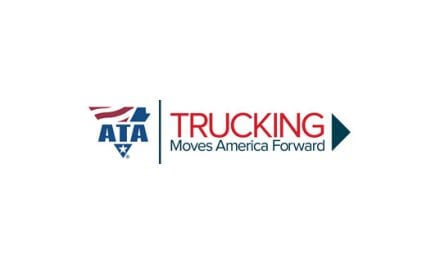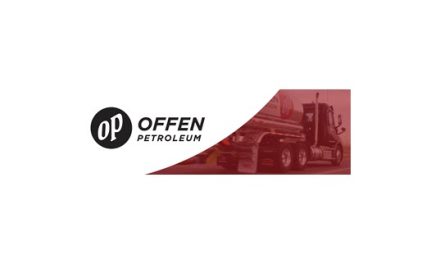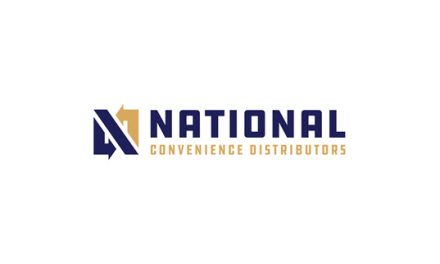No one wants to return home from a trip to the grocery store to discover that instead of 128 ounces, the gallon of milk that was purchased contained only 125 ounces, or that the box of toaster pastries had only four instead of the customary six. In other words, everyone who buys something—from the most insignificant pack of chewing gum to the largest house—wants to get what he or she paid for.
The same theory holds true when considering fuel deliveries to retail or commercial fueling sites. If the fuel-site operator needs 7,000 gallons dropped into an underground storage tank (UST), the operator wants 7,000 gallons dropped. Unfortunately, traditional analog delivery-monitoring systems could not always guarantee that the proper amount of fuel was dropped into the UST or that the trailer tank was empty when it actually wasn’t. When such cases arise, a fuel “retain” condition has occurred.
There are three likely retain scenarios:
- Disputed Delivery Amount
If the fuel-delivery company is using an analog tank-monitoring system on its fleet, a number of conditions can prevent the amount of fuel on the bill of lading from actually being dropped, including:
- A fuel compartment that closes too early
- System air pressure interrupted or lost during unloading, resulting in premature valve closure
- A trailer that is parked on an uneven surface, signaling a “false positive” that the fuel compartment has been completely drained into the UST
No site operator will stomach errors in fuel-drop amounts, and if they occur consistently, the operator would be well within his or her rights to seek out a different, ostensibly more reliable, fuel supplier.
- Retain Results in Mixed Product
The causes of this retain condition are the same as the three listed above, along with a hurried or distracted driver forgetting to unload a compartment on the trailer. A retain of this sort creates a cross-contamination risk where different types of fuel are mixed together in a delivery compartment.
The worst-case effect of a cross-contamination loading error is the shutdown of fueling services for several hours at the retail site, since the fouled fuel will need to be removed from the UST, the storage tanks cleaned and a clean batch of fuel delivered. Anytime tanks need to be emptied, cleaned and refilled the site operator incurs unplanned purchase and maintenance costs, as well as lost revenue due to the site being shut down. Additionally, before the retain-caused error is actually discovered, some of the bad fuel may make its way into the vehicles of customers, which can lead to damage to the fueling system that will negatively affect its ability to operate effectively and could lead to extensive repair costs.
- An Overfill Condition Occurs
This error occurs when a compartment on the delivery vehicle is not completely emptied due to an unlevel delivery surface, premature closing of the fuel compartment or loss of air pressure during the unloading process. Product overfills are dangerous and costly for both the driver and the fueling site as they can, most significantly, create a fire hazard. Additionally, spilled fuel is not saleable, which affects the bottom line of the supplier and site operator. Finally, some of the lost fuel—in extreme cases—can make its way into the environment, where it can potentially affect groundwater supplies.
A common safeguard against a retain condition that can lead to an overfill is the use of retain probes in the delivery vehicle’s fuel compartments, but industry analysis and use patterns indicate that these probes are utilized on just 20% of the fuel trailers in the United States.
Eliminating the Wrath of Retain
With the need to deliver and receive the proper fuel amount being a paramount concern for both the fuel-delivery company and the fuel-site operator, every effort must be made to ensure that fuel-retain conditions do not manifest themselves at the conclusion of a fuel drop. While analog delivery-vehicle tank-monitoring systems have been the industry standard for many years, there are enough blind spots in their capabilities that they cannot be trusted to entirely prevent fuel-retain conditions from occurring.
With that in mind, digital tank-monitoring technology promises to be the next solution in this area. Through the use of a graphic touchscreen display, digital technology can wirelessly consolidate the driver’s access to the many different control systems on a fuel trailer, including fuel retain, overfill control, on-board monitoring, pneumatic (air pressure) control, product-crossover prevention, system troubleshooting and usage history. The digital system can also predict or prevent non-permissive readings, which lets the driver confidently know that the loading process will proceed uninterrupted. This will also help cut down on wait times, which is a huge added benefit for the fuel supplier and the site operator.
In addition to getting what they paid for, fuel-site operators also want their fuel deliveries to be safe and efficient. The retain conditions that can develop with the use of analog tank-monitoring systems can, at the least, put the safety and efficiency of the fuel-delivery process in jeopardy. However, fuel retains can now be well on their way to becoming extinct through an innovative new tank-monitoring system that prevents the conditions that can lead to fuel retain from occurring. This will lead to safer, more efficient delivery processes that will leave both the supplier and end user confident that they have, indeed, gotten what they paid for.
For more information, please contact Mark Dudley with Civacon. He can be reached at [email protected] or 816-505-5648. Based in Hamilton, OH, Civacon is part of OPW and makes products and systems to safely load and unload petroleum, dry-bulk and petrochemical cargo tanks.









